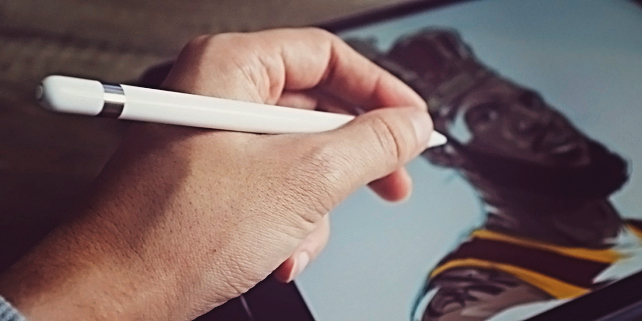There is a ray, eh, a glimmer of hope that change is coming to how the Patent Office decides what is and is not eligible for receiving a patent. On January 7, the 2019 Revised Patent Subject Matter Eligibility Guidance became effective. The guidance intends to improve clarity, consistency, and predictability at the USPTO.
In 2014, the U.S. Supreme Court issued its decision in Alice v. CLS Bank, which turned things upside down in many key areas where development is and continues to boom (think software). As a result, the USPTO has dramatically increased the number of rejections on the basis that the invention cannot be patented in the U.S., even if it is new and is not considered obvious.
Without the new guidelines, the USPTO had relied on numerous court decisions issued after Alice to essentially try to match up the applied-for invention with one that a court had issued a decision on. This has led to unpredictable outcomes, especially in instances where decisions from different courts contradict what is and is not patent-eligible.
The updated guidance takes aim at this uncertainty. First, it limits the categories of applications that can be considered “abstract ideas” (which are unpatentable) to three groupings: mathematical concepts, certain methods of organizing human activity, and mental processes.
Even if an application falls into one of these three categories, examiners are now required to determine if the abstract idea is integrated into a practical application. If it does, then the claim will be allowed. Only when there is no practical application can a rejection be sustained.
Examples of a practical application have not been exhaustively set forth, but the USPTO has provided some indication of what meets this threshold. For instance, improvement to computer functionality; treatments of diseases; implementation into a machine that is integral to the invention; transforms an item into a different thing; or any application that otherwise links the exception to a particular technology in a meaningful way are deemed practical applications.
Unfortunately, it is unclear how this new guidance will actually be put into action by patent examiners. It is possible that even if an application moves forward under the new guidance, a court could take issue with how the guidance is set forth and implemented, which could negatively impact enforceability.
These guidelines have widespread implications. For those who have faced rejection for eligibility, it is time to decide whether to move forward to see how the new guidelines will lead to success at the Patent Office. Remember, any deadlines that are in place are still in play, which may mean you have limited time to act to avoid losing your application or paying additional fees for delayed responses.
For those on the sidelines and those who have already thrown in the towel, now is the time to at least start thinking if it is time to give the USPTO another shot. The Patent Office still works under a first inventor to file system, so waiting too long could have your competitor showing off their shiny new patent in a cease-and-desist letter addressed to you or your company.
With 2019 just getting underway, now is the perfect time to make sure your IP strategy takes another look at your patent portfolio or lack thereof. Getting the opinion of a trusted patent attorney can also help in developing your strategy.





